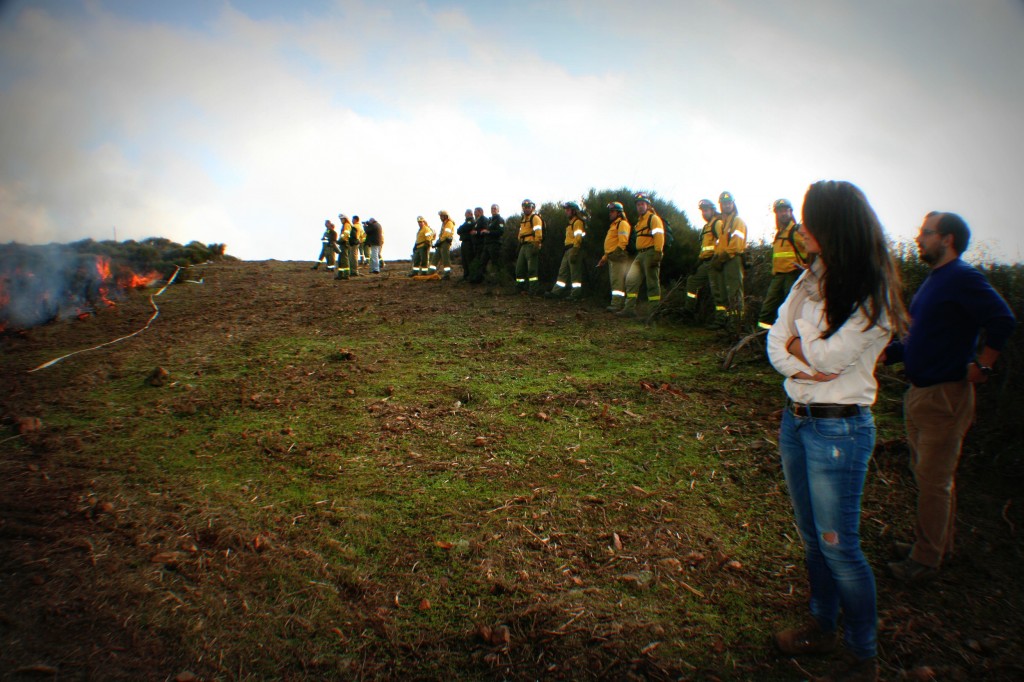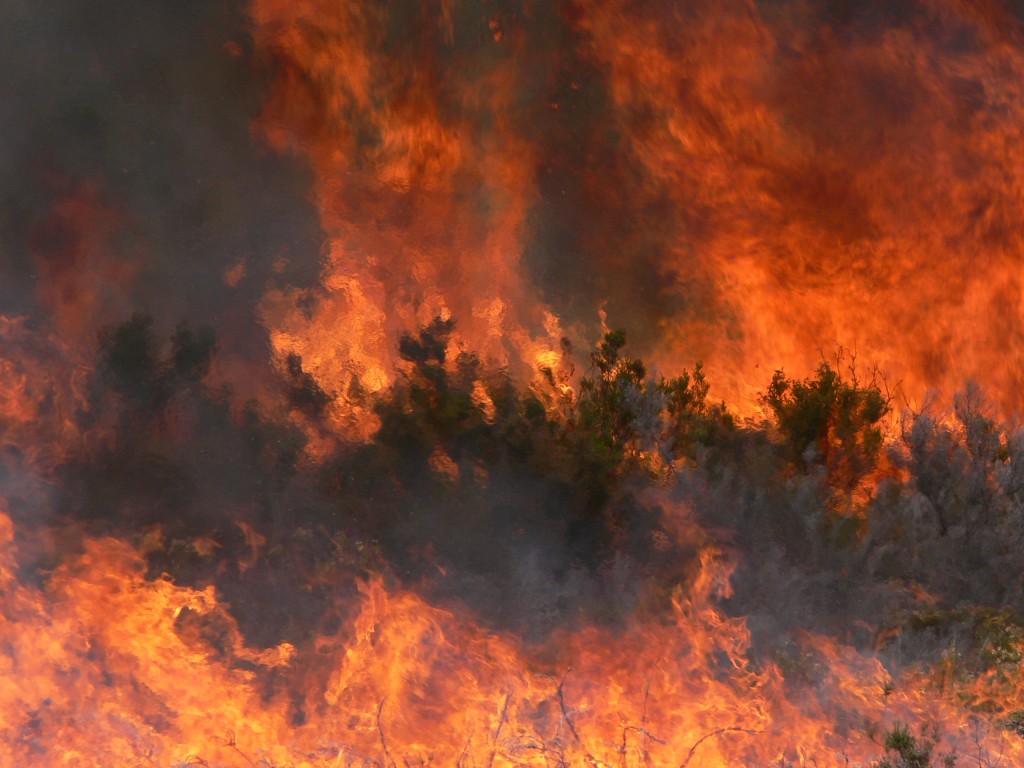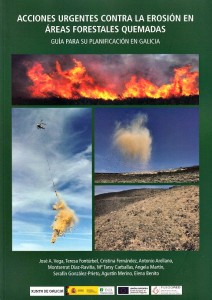Fire is a natural agent that occurs in most terrestrial ecosystems. In Mediterranean areas, for example, fire is a natural agent that has contributed to shape the history of vegetation, soils, and ultimately, the landscape we know today. Also, since ancient times, men have also used fire as a tool for the management of ecosystems. As a result, the Mediterranean vegetation has developed mechanisms of adaptation to fire, but Man has contributed to the intense transformation of the original forest systems in crops, pastures and meadows and dehesas from the fifteenth century to encourage farming, sylvopastoral use of forests, and human supply.
In countries like Spain, the concentration of population in urban areas that began in the second half of the 20th century has led to a shift away from rural areas and declining crop and livestock pressure. The abandonment of traditional rural labors contributed to people forgetting how to efficiently manage agricultural and forest resources, such as maintaining terraces on the slopes, taking care of roads or forest clearing. All this, coupled with the pressures of tourism, the expansion of urban areas and other social reasons, has led to a large increase in the number and damage caused by forest fires during the 1960s, 1970s and 1980s. Since 1990, the number of forest fires has increased progressively, although affecting a lower annual total. In recent years, though the number of forest fires has declined high intensity fires are still occurring. High intensity fires occur under certain environmental conditions (high temperatures, wind and low humidity of vegetation and soil), but also due to a management of the forest environment that favors the spread of fire.
In the context of global change, scientists expect the number of high intensity wildfires increase, as well as the severity of its impact on the environment, the productive capacity and natural resources. For these reasons, scientists who study the impact of fire on soils have participated in the development of practice guidelines for the management planning burned soils that facilitate managers to decide when, where and how to act.

Soil scientists and firefighters during a prescribed burn in Sevilla. Photo by Antonio Jordán, University of Seville.
According to the Spanish Network Forest Fire Effects on Soils, a concern that is necessary to transfer the decision-makers that it is not always necessary to act in the post -fire, and that in many cases, both the vegetation and the soil can recover themselves in relatively short periods of time. Also, that actions cannot be the same on all systems, and the planning and management of burned areas should be based on local characteristics of the environment.
Good forest management practices should be based on scientific research. Lots of money have been used for fight against forest fires, but just to prevention activities, and scarcely for the study of their impact on soil, water and vegetation. The knowledge of the effects of fire on soil properties and the proposing and use of impact factors becomes essential when performing management decisions, restoration or prevention of the areas affected by fire.
To this end, scientists from Galicia (Forest Research Centre Lourizán, Institute of Agrobiological Research from Galicia, University of Santiago de Compostela and University of Vigo) have developed the first guide for urgent action planning against soil erosion in fire-affected forest areas. This initiative has been supported by the Spanish Government and FEDER funds of the European Union.
The first part of the text studies the risk of erosion and soil hydrological response after fire in Galicia, where soils, vegetation and climate are very different from neighbor regions. The second part details the urgent treatments to combat erosion risk in the post -fire, proposing methodologies for assessing the severity of fire impacts on soil and vegetation, and recommends a guide for urgent decision-making.
We hope this work, a collaboration of scientists deep and managers, help the recovery of degraded areas in a region hard hit by the effects of fire.
This post was also published simultaneously in G-Soil.


